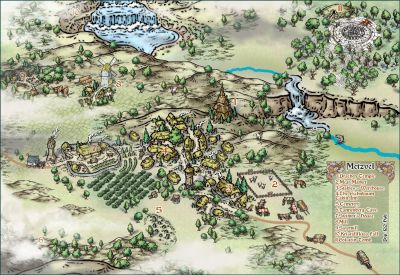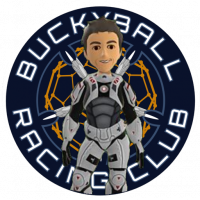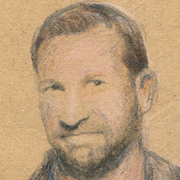
Monsen
Monsen
About
- Username
- Monsen
- Joined
- Visits
- 693
- Last Active
- Roles
- Administrator
- Points
- 8,956
- Birthday
- May 14, 1976
- Location
- Bergen, Norway
- Website
- https://atlas.monsen.cc
- Real Name
- Remy Monsen
- Rank
- Cartographer
- Badges
- 27
-
Symbols Render Lighter Than Terrain
Joe is right about the resolution mode here.
What happens here is that CC3+ keeps each image in four different resolutions, so it only shows the resolution needed based on your zoom level for faster operation.
However, those affected trees of yours are not the same size as the rest of the trees, they're about 10% smaller. This means that when you zoom out, they switch over to lower resolution versions a bit earlier than the others, and if you hit just the right spot when zooming out, those trees have switched over to the lower resolution version, while the others have not.
You can fix this as Joe points out by using :CC2RESMODE: and forcing them to always display very high. This may not be a good idea for a big complicated map, but for this small map the performance difference should be minimal.
This shouldn't affect image exports, unless you export it at rather low quality, in which case the same can happen for the same reason, with the solution being the same.
-
Symbol Creation
-
Why Does a Hidden Sheet reshow when I zoom in/out with mouse wheel?
Which sheet is that? You cannot hide the the sheet CC3+ wants to place the symbols on. For example, most regular symbols goes to the SYMBOLS sheet, so that will be unhidden whenever you pick a symbol from the symbol catalog (but the screen isn't immediately redrawn, so it won't be visible until you do an action that redraws the screen, such as zooming in/out)
If this is what's happening for you, you can handle it in two ways. Either turn off the option "Symbols choose their own sheet" from the options button in the symbol catalog, OR make sure your current sheet is named something that starts with the word SYMBOLS since CC3+ will then use that instead of the main SYMBOLS sheet.
(Note that some special symbols defaults to another sheet than SYMBOLS, they would show the same behavior with whatever sheet they were set to go on)
-
Mirrored Copies, Symbol Making Hassles...
- As @Lillhans pointed out, your edge isn't straight. I don't know if you started with the left or right before mirroring, but none of them are straight, so it isn't a mirroring problem, it is a problem with the original shape. You can't mirror a non-straight edge and expect it to match up (unless the mirror line itself isn't straight). There is a 0.03 map unit horizontal difference between the top node and bottom node.
- At any point really. Either use the Make Varicolor command on the entities before defining the symbol, or bring up the symbol for editing after defining it and us it on the entity. I do note you have attempted to define a symbol as varicolor in your map, the COSFLAME-VOL symbol, but here you have made the mistake of placing a symbol definition inside another symbol definition. Never do that. A symbol should be defined from base entities, NOT other symbols. Either use Explode on symbols to break them down before defining new symbols from them, or if you just need a copy of a symbol, for example to make vari, use the clone feature in the symbol manager.
- Save your map with the new symbol in it. Then open up the symbol catalog you want to insert it into in the editor, and go to symbol manager, hit Import, and pick the map with your symbol in it.
-
Displace moving everything to the left









